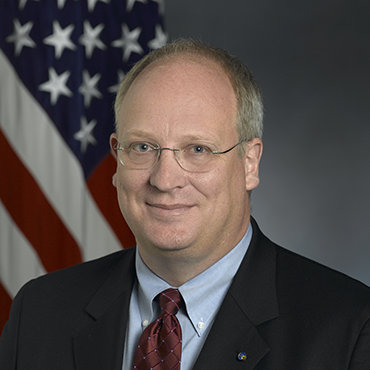Moving from oversight to outcomes with FITARA

The law's success hinges on a culture change from blame-setting to measuring progress toward desired goals.

David Wennergren is senior vice president of technology at the Professional Services Council.
The Office of Management and Budget issued its implementation guidance for the Federal IT Acquisition Reform Act in June. Almost 20 years after the enactment of the Clinger-Cohen Act, it’s encouraging to see Congress taking action on IT reform.
There are a number of provisions in FITARA that could have a positive impact because the law emphasizes the importance of CIOs having access to and influence over the three key levers of power in government: budgeting, contracting and human resources.
The focus on portfolio management is crucial. Across government the majority of IT dollars — as much as 75 percent to 80 percent — go toward sustaining legacy systems. A focused effort on rationalizing and retiring those systems would help reduce costs, improve security and allow access to new technologies and approaches. FITARA empowers CIOs to take such actions.
Additionally, the law emphasizes the need to adopt industry best practices and pushes for greater adoption of cloud computing, enterprise services, shared services and enterprise licensing agreements.
Of course, the Clinger-Cohen Act also had a number of important provisions, but, as Alan Balutis noted in FCW last year, implementation of its key provisions was still a work in progress almost two decades later.
Just as it was for Clinger-Cohen so, too, will FITARA’s success depend on effective implementation. Enacting a law is not enough to change behavior. In reality, it takes a concerted effort by agency leaders to ensure the cultural change necessary to move from organizational resistance to acceptance of the new order.
Today, more than ever, federal CIOs must be given the opportunity to step up and lead.
As agencies implement FITARA, it will be important to keep a few things in mind. First, although FITARA helps with the age-old issue of CIOs having a seat at the executive table, we should not lose sight of the fact that there is a big difference between having a seat and having a voice. There must be a recognition that the CIO’s responsibilities span the domains of chief financial officers, chief acquisition officers and chief human capital officers, and that successful IT acquisition and management require all those organizations to be united in both word and deed.
Even more important is the recognition that FITARA’s success requires a change in mindset from oversight to outcomes. In today’s world of heated rhetoric and blame-setting, we spend far too much time fighting about who and what went wrong. Yet successful change management hinges on senior leaders establishing an outcome to be achieved and then following up to ensure progress has been made.
Although it might momentarily feel good to assess who’s to blame for the latest data breach or failed program, the greater good is achieved when agency leaders and their CIOs publicly commit to specific outcomes and when oversight focuses on assessing progress toward those goals.
We’re four years past the administration’s announcement of a “cloud first” policy, and more than a decade since Homeland Security Presidential Directive 12 required the use of smart cards for cryptographic logon, digital signatures and technology-enabled physical access.
Much has changed since Clinger-Cohen, and buying and managing IT are radically different in this millennium. We must collectively ensure that federal technology efforts support and encourage the rapid insertion of new technologies, innovative solutions and commercial best practices. Today, more than ever, federal CIOs must be given the opportunity to step up and lead. Then one day we can look back and say we dialed down the rhetoric and dialed up the results.


